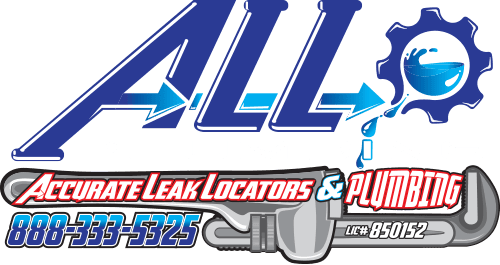Many people think that the end of winter means the end of their plumbing worries, but this is not necessarily the case. It is true that winter weather can cause a lot of plumbing problems, such as burst frozen pipes, water heater malfunctions, etc. However, the truth is that there are common plumbing problems that are associated with all of the different seasons. Unfortunately, plumbing issues can pop up and surprise you at any time. There are seasonal plumbing problems that are more common during different times of the year, and spring is associated with its own unique plumbing problems. Many of the most common plumbing issues that are associated with spring are preventable and are simply a result of a lack of preparation. By learning about some of the most common plumbing problems that occur most frequently in the spring and how to prevent them, you can save yourself a lot of money, frustration, water damage, etc. From cleaning up your plumbing system from winter to prepping it for spring, here are 4 things you should do to help maximize the efficiency and functionality of your home plumbing system and ultimately better plumbing in Spring.
1. Clean Your Gutters
Winter is a rainy, stormy season, and winter storms and severe weather can cause debris to collect in the gutters around the roof of your home and around your storm drains. This debris can block water from flowing freely through your gutters and storm drains, which can lead to water damage and leaks.
Check your gutters and storm drains before spring to see if any debris has collected there and clear away any buildup before it can cause water damage or other problems for your home plumbing system.
2. Check Your Sump Pump
Sump pumps are pumps that are designed specifically to minimize possible water damage in your basement or in a crawl-space underneath your home by collecting water and re-routing it outside above the foundation of your home or into the wastewater system in order to prevent water from flooding into the areas underneath your home.

sump pump inspection
Not every house has a sump pump because not every house needs one. If your house does not have a sump pump and you do not have a basement or a crawl-space underneath your home, you can ignore this step for spring plumbing preparation. However, if you don’t have a sump pump but do have a basement or crawl-space, you should consider getting a sump pump installed to minimize water damage in the case of a flood underneath your home.
It is important to check your sump pump regularly to make sure it is functioning properly, but it is especially important to check this pump before spring. Spring can be just as rainy a season as winter—which can cause flooding underneath your home—and melting snow in the spring can also cause basement and crawl-space flooding if you live in an area with winter snowfall.
Checking your sump pump for problems is simple. Start by inspecting the external drain of your sump pump that leads outside or into the wastewater system and clear any debris away from its opening. You should also test the battery of your sump pump and look at the pump’s electrical wires to ensure that they have not sustained any damage throughout the winter.
3. Inspect Your Exposed Pipes
Before spring, inspect any visible pipes in your home. During the winter, colder weather can cause exposed pipes in your home plumbing system to freeze and expand and then unfreeze and contract as spring gets closer and the weather gets warmer again.
This process can cause your exposed pipes to develop holes and cracks during the winter but not start leaking until they contract again in the spring. Inspect any exposed pipes in your home—such as the ones underneath your bathroom and kitchen sinks—for holes, cracks, or other abnormalities before spring. Keep in mind that leaks in pipes can be very small, so use a flashlight and look closely while examining your exposed pipes and checking for water leaks.
4. Test Your Water Pressure
Water leaks that occur during the winter can remain undetected for a long period of time. Testing your water pressure is another simple and fast way to detect a potential water leak in your home plumbing system before it causes too much damage to your house.
Turn on all of the faucets in your home at full blast one at a time and let them run for a few seconds. If you notice that the water pressure from one or more of your sinks or showers is unusually low, that is a telltale sign of a leak and you should hire a professional for leak detection services as soon as possible.


